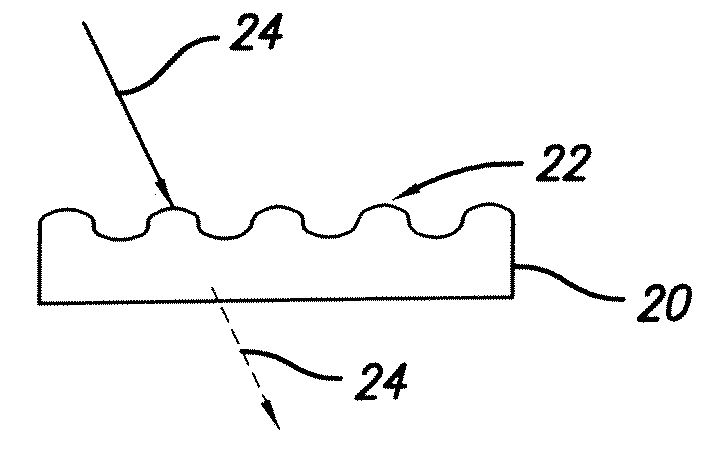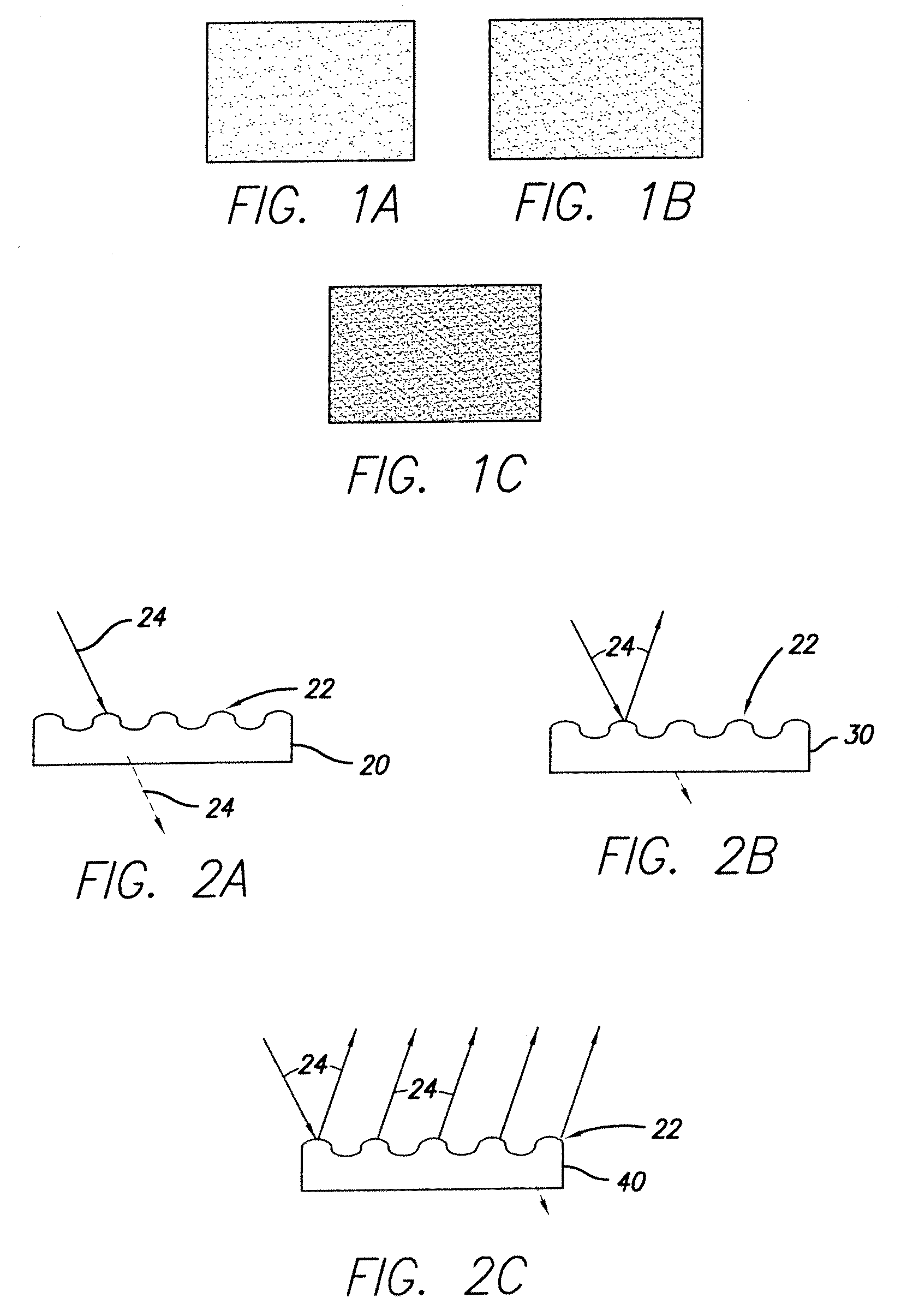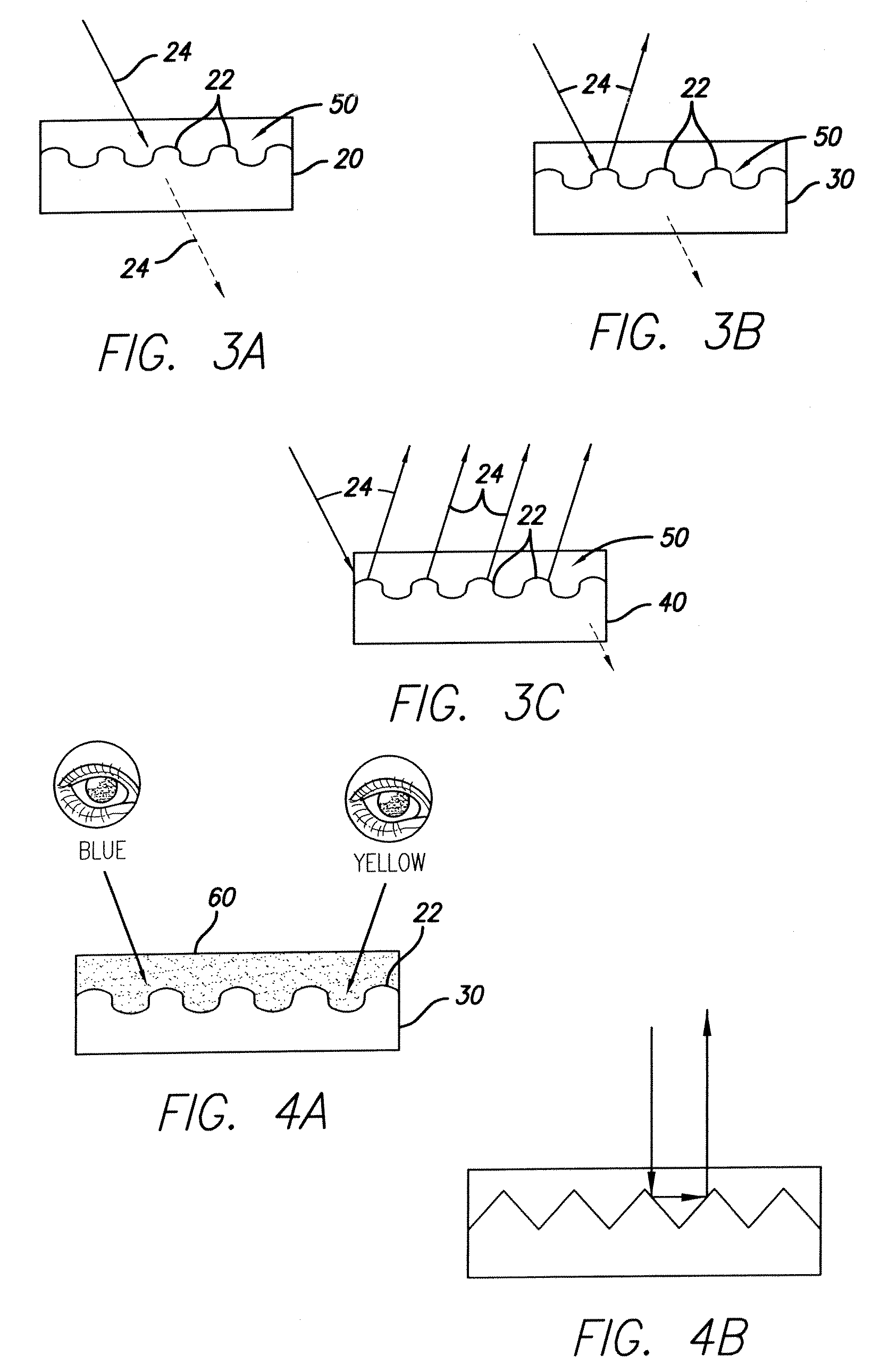These embossing and casting processes suffer from a number of known drawbacks, including: (1) the processes are not suitable for use with the printing equipment; (2) embossing or casting in localized regions is not possible with conventional
metallizing equipment; (3) the
metallizing equipment is prohibitively expensive; (4) printing onto the embossed and metallized material is very slow and expensive; (5) conventional embossing and casting systems are much slower than printing equipment; (6) it is difficult to overprint onto a holographic substrate when perfect registration is required; (7) holographic substrates may cover the
entire face of the substrate, which may be a problem if the final product is a
label,
package or security document; and (8) holographic hot-
stamping and cold-
stamping substrates may have to be added to the printing in attachments placed on the conventional printing equipment.
However, such systems have failed due to the difficulty of maintaining a proper vacuum for
aluminum deposition in a printing process that requires an air-to-air vacuum metallizer.
Additionally, these systems are very complex and expensive, and require at least two additional steps including curing the hologram and metallizing the hologram.
However, such processes often result in surface relief distortions.
One drawback of reflective surface reliefs is that the quality of the metallic ink may not be as reflective as desired because the metallic particles that are mixed into the
pigment do not properly align themselves according to the planar features of the substrate and the surface relief.
This results in a dulling of the surface relief image and leafing problems that require the application of a protective
coating.
Another drawback of reflective surface reliefs is that the thickness of the
metallic coating diminishes the holographic effect.
This relatively thick coating tends to obliterate the brightness and efficiency of the surface relief.
However, the methods disclosed by these references suffer from a number of drawbacks.
Both post metallization and the application of a reflective coating are slow and expensive processes.
A further drawback of the above-identified Spanish patents is that they require a 360-degree holographic cylinder.
Moreover, there is no disclosure regarding the use of different coatings having different refractive indexes for producing bright and viewable
holography.
One drawback of this patent is that the method of the invention requires two or more curing steps to cure the
lacquer.
Additionally, the post-curing step may create problems in the resolution of the surface features because the features will start to degrade as soon as the substrate leaves the molding
station until they are 100% cured.
A further drawback is that the invention does not envision the use of metallic inks and lacquers to make the structures reflective without the use of expensive vacuum metallizing equipment.
Another drawback of the above-identified European patent is that it does not disclose the use of high and low diffractive index transparent inks and lacquers in order to avoid rendering the structure invisible when it is overprinted or overlaminated.
An additional drawback is that the device of the invention is based on old-fashioned gear systems rather than contemporary gearless devices.
Yet another drawback is that the preferred molding material is a transparent
elastomer made of Polydimetylsiloxane (PDMS), which degrades quickly with
electromagnetic radiation.
Some drawbacks of this reference are that: (1) it does not disclose the use of a high refractive layer; (2) the base substrate is metallic; (3) it involves printing in
layers rather than printing in register; and (4) it does not involve applying selective
holography.
One drawback of conventional coatings is that they require an expensive multi-step process in order to make the surface relief structures viewable.
Particularly, the process may comprise the steps of: (1) applying the coating to a substrate on a coating
machine; (2) embossing the coating; and (3) vacuum metallizing or
sputtering using prohibitively expensive equipment.
However, these surface relief structures still require the use of the expensive metallizing or
sputtering equipment with different coatings containing deposited metals such as aluminum, silver, gold,
cobalt,
nickel,
chromium, and / or other suitable metals.
Another drawback of conventional coating,
sputtering, and metallizing techniques concerns the difficulty of producing selective areas that are metallized while leaving the surrounding areas with no
metal.
A further drawback involves a lack of registration between these techniques and conventional printing processes.
This multi-step process is both prohibitively expensive and extremely slow.
 Login to View More
Login to View More 


